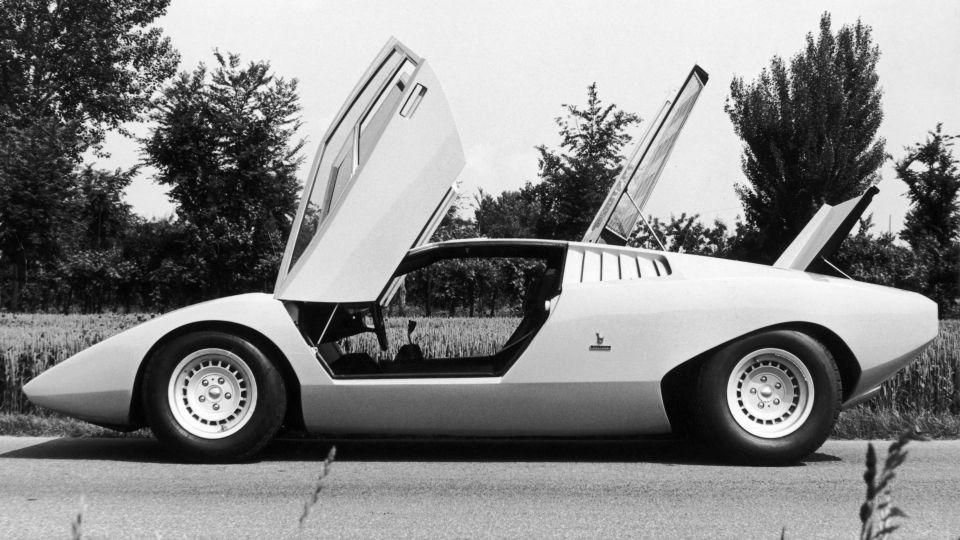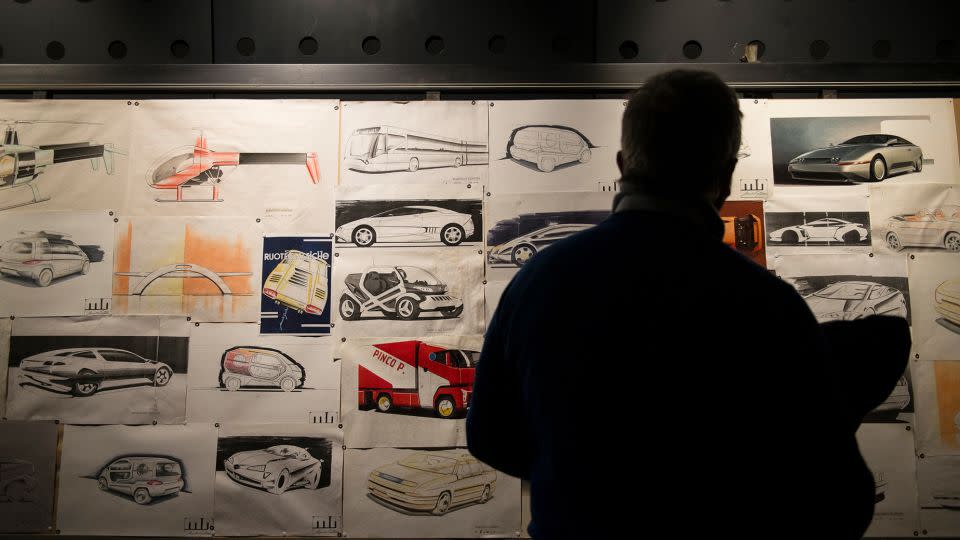Marcello Gandini, designer of the world’s most famous supercar, dies at 85

Look at almost any modern high-horsepower supercar and you will see the work of auto designer Marcello Gandini. Sharp lines, a low stance, doors that swing up; all were influenced by Gandini’s seminal work, the Lamborghini Countach.

The Countach and its predecessor, the Lamborghini Miura, are widely regarded as the first modern supercars, creating the template for a vehicle category that still marks the pinnacle in automotive performance and design. Gandini designed both of those cars and, if he had done nothing else, he would still be remembered.
But in addition to his work for Lamborghini, Gandini produced cars for automakers including BMW, Fiat and Ferrari. He designed rally racing cars, economy hatchbacks (such as the first Volkswagen Polo and the Renault Supercinq, a follow up the Renault 5), concept cars and at least one helicopter.
He died Wednesday at the age of 85 in Turin, Italy, the city where he was born and where — throughout his career at the Gruppo Bertone design studio and, later, his own firm — he worked much of his auto design magic.
Creating the supercar
Gandini’s radical, sharp-edged Countach was designed as a replacement for the Lamborghini Miura, a car with curved edges and rows of black “eyelashes” around its circular headlights. While the Miura was considered one of the most beautiful cars ever made, it was not radical — rather, it was the perfection of sports car design up to that time. The Countach, unveiled at the Geneva Motor Show in 1971, meanwhile, was angular and sharp-edged like shattered crystal.

“Maybe I shouldn’t say this, but nothing better has been done since,” Gandini said of the Countach during a 2019 interview with CNN at Museo Nazionale dell’Automobile, Italy’s National Automobile Museum in Turin.
Before the Countach came the Lancia Statos HF Zero in 1970. Looking at that sportscar, it’s almost hard to imagine that it is, in fact, a drivable automobile. Instead of doors, the cabin is entered through an upward swinging windshield. When driving, rear visibility is afforded by a temporary rearview mirror that attaches to the nearly horizontal windshield. (Rear visibility in the first Countach models was through a periscope built into the roof.)
Starting from nuts and bolts
Gandini’s interest in automobiles started with machinery rather than design. When he was five years old his father bought him a Meccano set, the metal building toy known as an Erector Set in the United States. Children could build cars, airplanes and machines with thin metal sheets and bars held together by tiny nuts and bolts.
At 18, Gandini became a mechanic. A wealthy friend with a Fiat OSCA 1500S he liked to race asked Gandini to work on its engine. Gandini decided to alter the car’s body as well, a project that became his entrance into automotive design.
“I always loved things that moved,” Gandini said. “Not static objects. They never attracted me.”

In 1965 he joined the Turin-based auto design firm Gruppo Bertone, replacing the famous and highly influential Giorgetto Giugiaro. Gandini’s first project, a body that went over a Porsche 911’s chassis and engine, was exhibited at the 1966 Geneva Motor Show. That car was sold at a Gooding & Co. auction in Pebble Beach, California, for $1.4 million in 2018.
“Gandini was not just a designer; he was a visionary, whose skill and creativity redefined the aesthetic standards of sports and luxury cars, influencing generations of designers and enthusiasts,” Bertone wrote in a tribute posted Wednesday on its official Instagram page.
The starting point for all his designs, Gandini said, was purpose. Each suited a need.
Prototypes, or concept cars, were his favorites, though, he said. They gave Gandini the opportunity to create entirely new automotive forms. He loved the opportunity to start from a clean sheet of paper. And, in these cases, the need was simple.
“When we are talking about a prototype,” he told CNN in 2019, “The most important thing is to create a sensation. As much sensation as possible.”
For more CNN news and newsletters create an account at CNN.com


